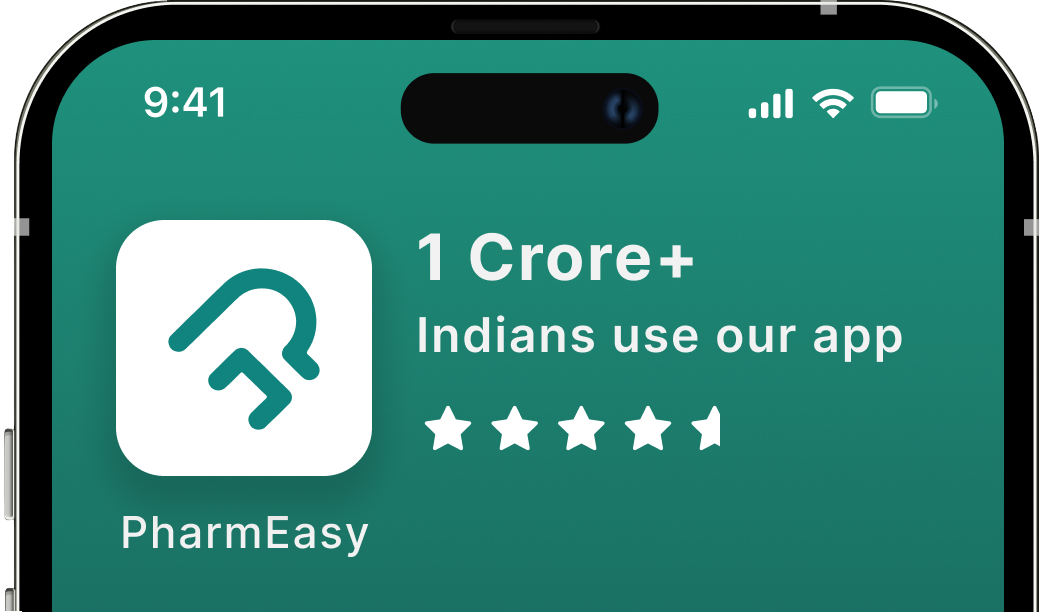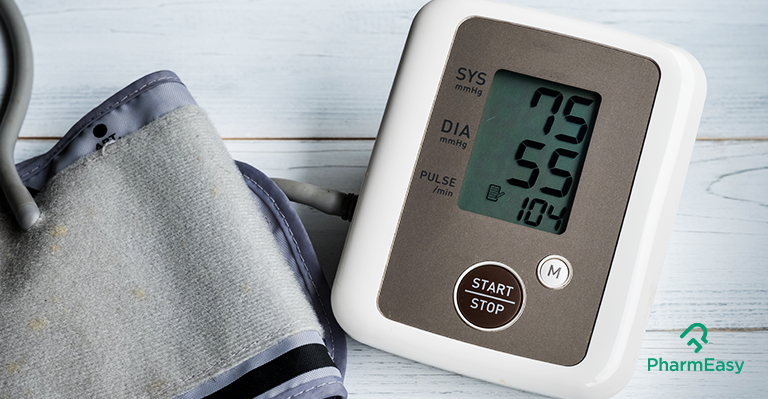Hypotension: It’s Types, Causes, Symptoms & Treatment
By Dhwani Jerajani +2 more

Download PharmEasy App




Register to Avail the Offer
Send OTPBy continuing, you agree with our Privacy Policy and Terms and Conditions
By Dhwani Jerajani +2 more
In medical parlance, Hypotension is basically low blood pressure. In this condition, the blood pressure typically falls below a Systolic value of 90 and a Diastolic value of 60.
Within prescribed limits, a low blood pressure reading is generally good. However, sometimes this condition can result in dizziness and tiredness. But if there are no adverse symptoms as such, then there is nothing to worry about.

Table of Contents
Health issues start to crop up when the blood pressure drops suddenly and the brain is deprived of an adequate supply of oxygen.
Additionally, shock can also cause a sudden and strong drop in blood pressure called severe hypotension. Shock is usually caused by an injury or an infection. Another form of hypotension occurs in people who take medication for hypertension (high blood pressure). This can happen either due to too much medication, changes in the body or due to dietary choices (certain foods can lower blood pressure).
The dropping of blood pressure is a normal scenario. However, certain conditions cause extended periods of Hypotension such as:
Hypotension causes cover a wide range of things, treating these underlying causes will usually return your pressure to normal.
Older adults also have a higher risk of symptoms of low blood pressure, such as falls, fainting, or dizziness when standing or after a meal.[4] If the blood pressure is sufficiently low, fainting (syncope) may occur
Dr. M.G. Kartheeka, MBBS, MD
Some noticeable symptoms that should raise alarm bells include:
Hypotension symptoms may also include lightheadedness, dizziness, sweaty/clammy skin and fainting.
Hypotension in pregnancy can have a severe impact on the mother and the baby as it may cause brain damage to the fetus, cause low birth weight or premature birth.
Dr. Ashish Bajaj, M.B.B.S., M.D.
For many patients, these underlying symptoms can be effectively addressed by bringing about relevant changes in the diet and lifestyle.
Simple, good to implement practices are:
Disclaimer: The information provided here is for educational/awareness purposes only and is not intended to be a substitute for medical treatment by a healthcare professional and should not be relied upon to diagnose or treat any medical condition. The reader should consult a registered medical practitioner to determine the appropriateness of the information and before consuming any medication. PharmEasy does not provide any guarantee or warranty (express or implied) regarding the accuracy, adequacy, completeness, legality, reliability or usefulness of the information; and disclaims any liability arising thereof.
Links and product recommendations in the information provided here are advertisements of third-party products available on the website. PharmEasy does not make any representation on the accuracy or suitability of such products/services. Advertisements do not influence the editorial decisions or content. The information in this blog is subject to change without notice. The authors and administrators reserve the right to modify, add, or remove content without notification. It is your responsibility to review this disclaimer regularly for any changes.
Comments